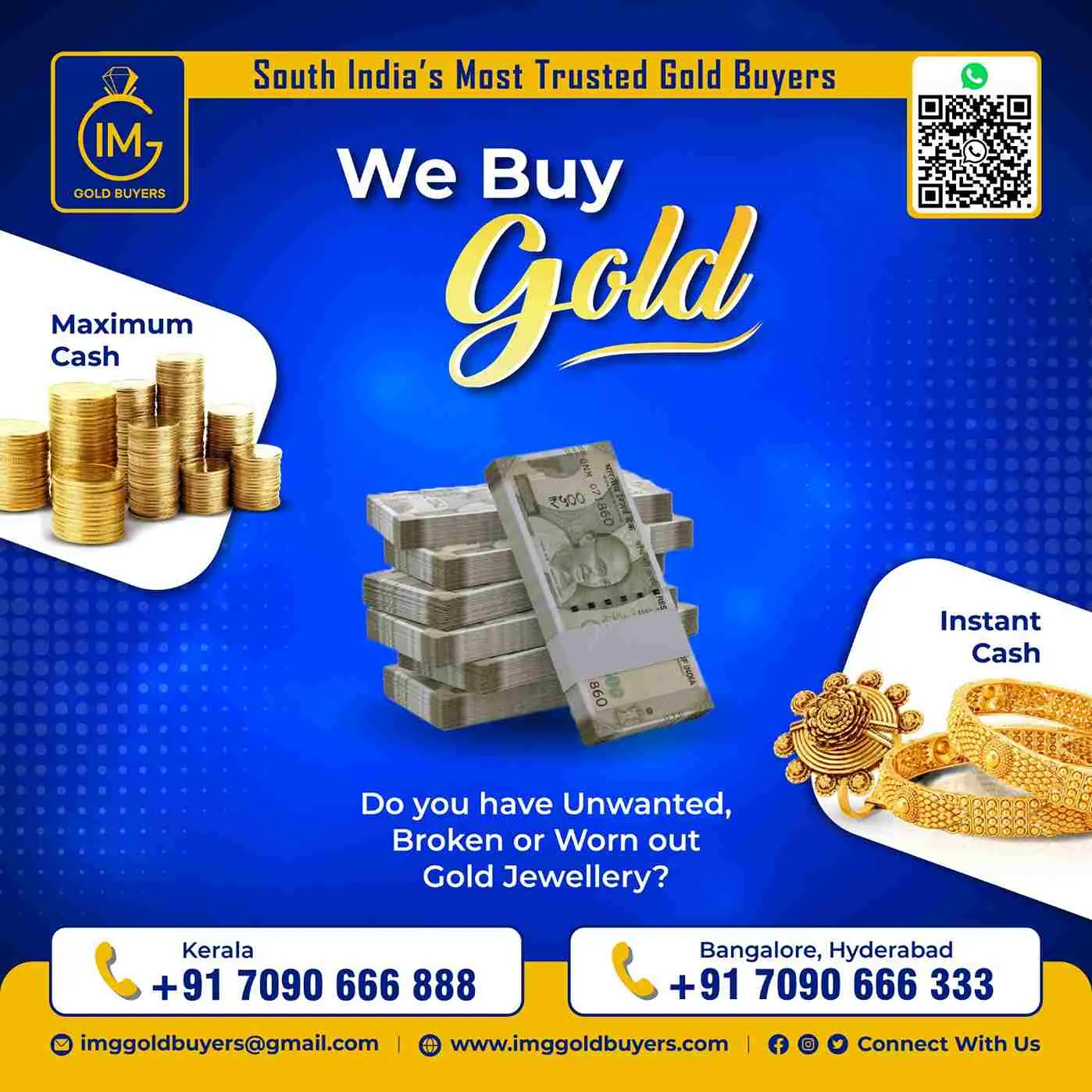Revealing the Secrets Behind the Valuation Procedure Used by Precious Metal Buyers
Wiki Article
The valuation procedure employed by precious metal buyers is a crucial topic for individuals interested on disposing of gold. Comprehending how gold is valued can assist sellers formulate knowledgeable choices as well as guarantee they obtain an fair valuation. Gold buyers typically use several essential elements to ascertain an worth of gold items, including purity, weight, and current market prices. Each of these plays an important part during this overall assessment procedure.
A among the first steps in the valuation procedure involves evaluating its fineness in the gold. Gold purity is measured in karats, with 24 karats being 100% precious metal. A majority of precious metal ornaments tends to be not 100% while it may can consist of ten, fourteen, and eighteen karat. A greater a karat number value, the more greater precious metal material that piece contains. Precious metal purchasers commonly employ various assessment technique, like chemical assessments and digital assessments, to determine its fineness in the gold. This step is vital as this directly affects the item's value. For, instance, one twenty-four karat precious metal item shall become valued more than a 14-karat piece, although when both have the same weight the same.
Another mass in a gold item is another key element of this valuation process. Gold is typically measured in grams or troy ounces. Purchasers shall measure the gold to calculate the value based on the fineness. This mass gets combined by its precious metal's purity percentage to find an amount of pure gold in a piece. For instance, if a 14-karat gold ring has a mass of ten grams, it holds about 5.83 grams of pure gold in pure gold. Such computation assists purchasers ascertain the amount of they are willing to offer for the item.
Present trading prices also have a important part during the valuation for precious metal. The valuation for gold fluctuates according to availability and demand, economic conditions, as well as international events. Gold purchasers maintain a close watch over these market fluctuations to ensure they offer fair valuations. They often look to a current valuation of gold, that is the present trading price for instant delivery. This valuation may change daily, so purchasers must stay updated for provide accurate valuations. Sellers should also remain cognizant of such trading fluctuations, as they may impact the valuation sellers receive learn the facts here now in exchange for the gold.
Lastly, a condition plus craftsmanship in the precious metal piece can affect the worth. Unique styles, designer names, plus cultural significance may each add to an worth of the piece. For instance, one finely made precious metal necklace from a well-known famous brand may fetch a higher valuation than one comparable piece without any brand name. Buyers shall take into account these elements when making an bid. Sellers must spend the effort to polish and present the gold items properly, as it can positively influence the purchaser's perception plus a final valuation.

To summary, the valuation process used by gold purchasers includes various key elements, such as fineness, weight, current trading valuations, and the state in a piece. Comprehending such factors may assist sellers navigate the selling process better efficiently. Through staying knowledgeable on how gold is valued, vendors may guarantee sellers receive a fair price in exchange for their precious metal pieces. Regardless of whether selling jewelry, coins, or additional precious metal items, knowledge of the valuation procedure remains crucial for formulating smart monetary choices.